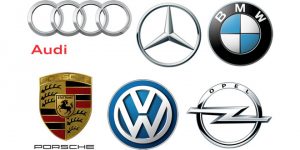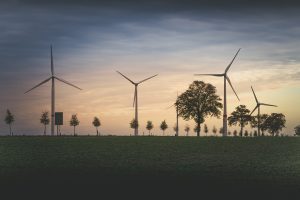Taiwan’s Taipei 101 receives LEED platinum rating
 Taiwan’s 509-metre Taipei 101 recently become the world’s tallest building to receive LEED platinum rating, the highest level in the green building rating system. In a ceremony held in held in Taipein, officials from Leadership in Energy and Environmental Design (LEED) and local dignitaries said the achievement begins a new era in green building. Taipes, which was the tallest building in the world until Dubai’s 828 metre Burj Khalifa was completed in 2010. Taipei covers 148,645 square metres, an area which has been well optimized to conserver energy and utilize sun rays.
Taiwan’s 509-metre Taipei 101 recently become the world’s tallest building to receive LEED platinum rating, the highest level in the green building rating system. In a ceremony held in held in Taipein, officials from Leadership in Energy and Environmental Design (LEED) and local dignitaries said the achievement begins a new era in green building. Taipes, which was the tallest building in the world until Dubai’s 828 metre Burj Khalifa was completed in 2010. Taipei covers 148,645 square metres, an area which has been well optimized to conserver energy and utilize sun rays.




Congratulations to everyone that made this LEED award happen for the Tapei 101 hotel, but especially congratulations to the person who first came up with the idea and pushed it forward. A magnificent achievement.
I recently came across a study that found that green buildings certified under the LEED systems sold at higher sales prices than non-LEED comparison buildings. They looked at property values and occupancy rates in 1,300 buildings (covering a whopping grand total of 352 million square feet) and found that that LEED-certified buildings sold for $171 per square foot more than non-certified buildings (CoStar Group). CoStar studies have repeatedly shown that EnergyStar and LEED certified buildings achieve higher per square foot rentals and occupancy rates an average 5% higher than the competition.
Plus, you can find studies that show that green buildings have higher resale values, higher occupancy rates, lower tenant costs, higher lease rates, and are easier to sell and rent.
It’s no wonder that green building is so popular.
Bob